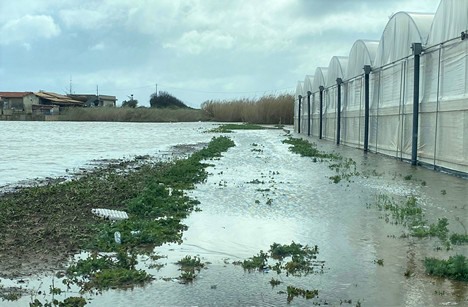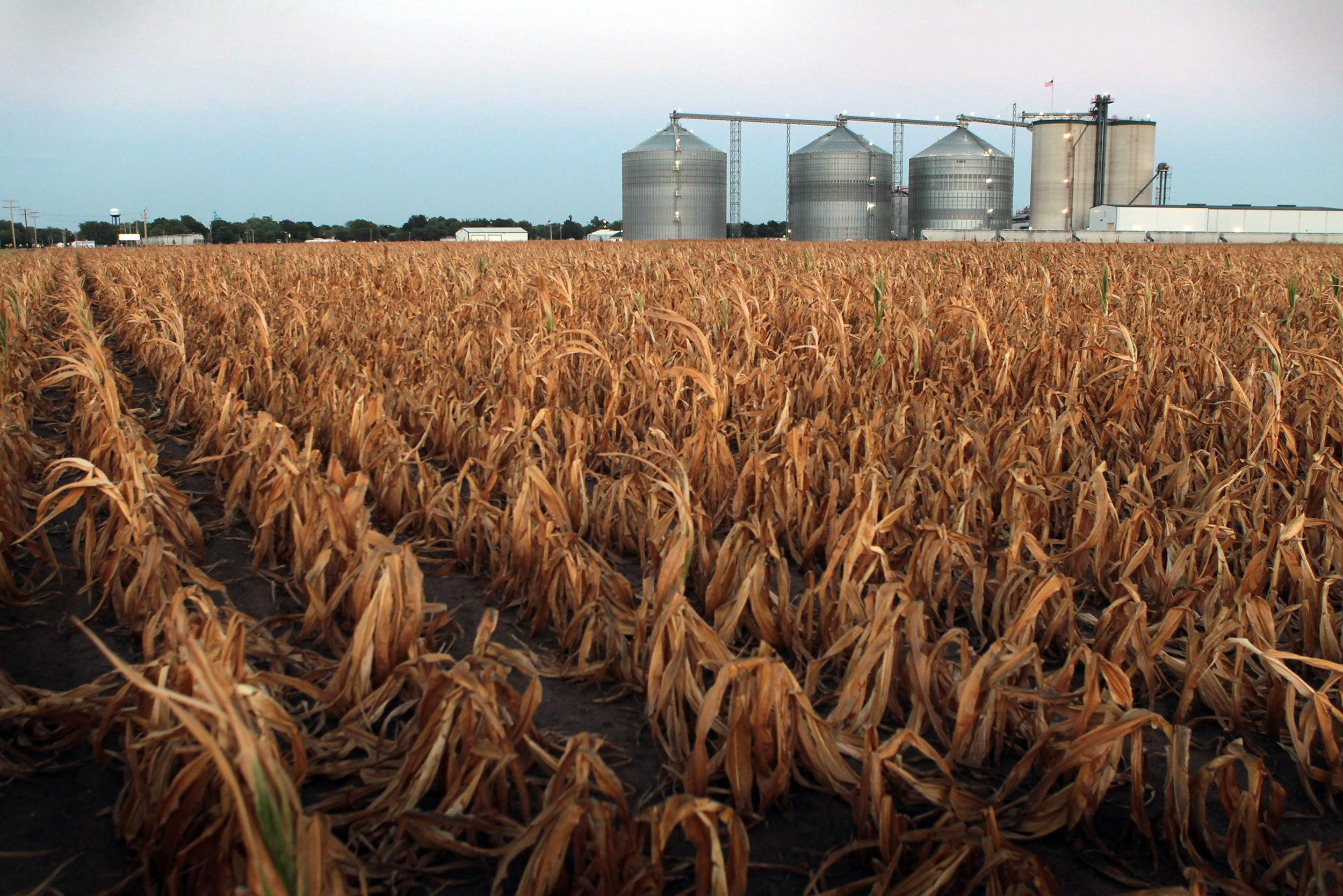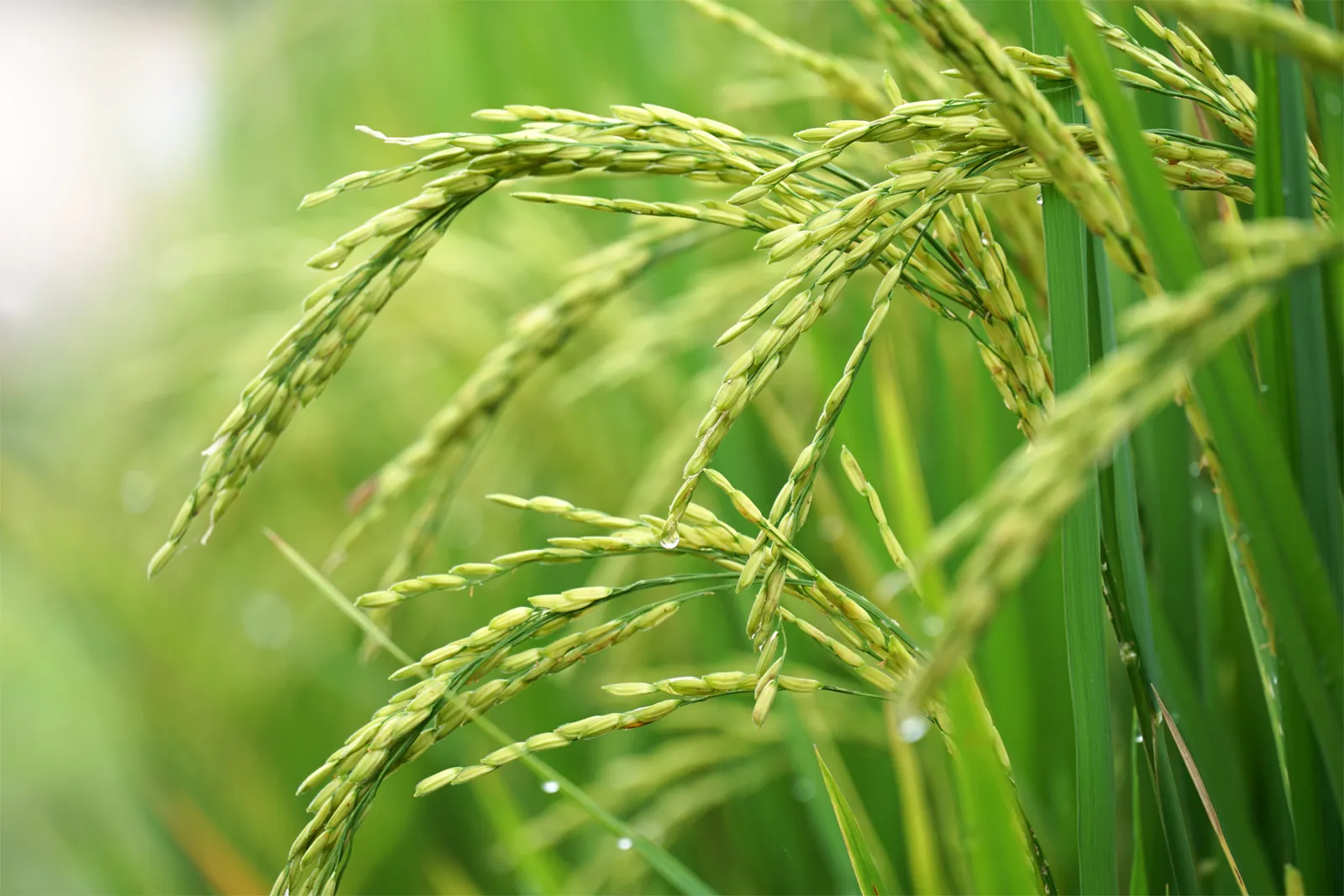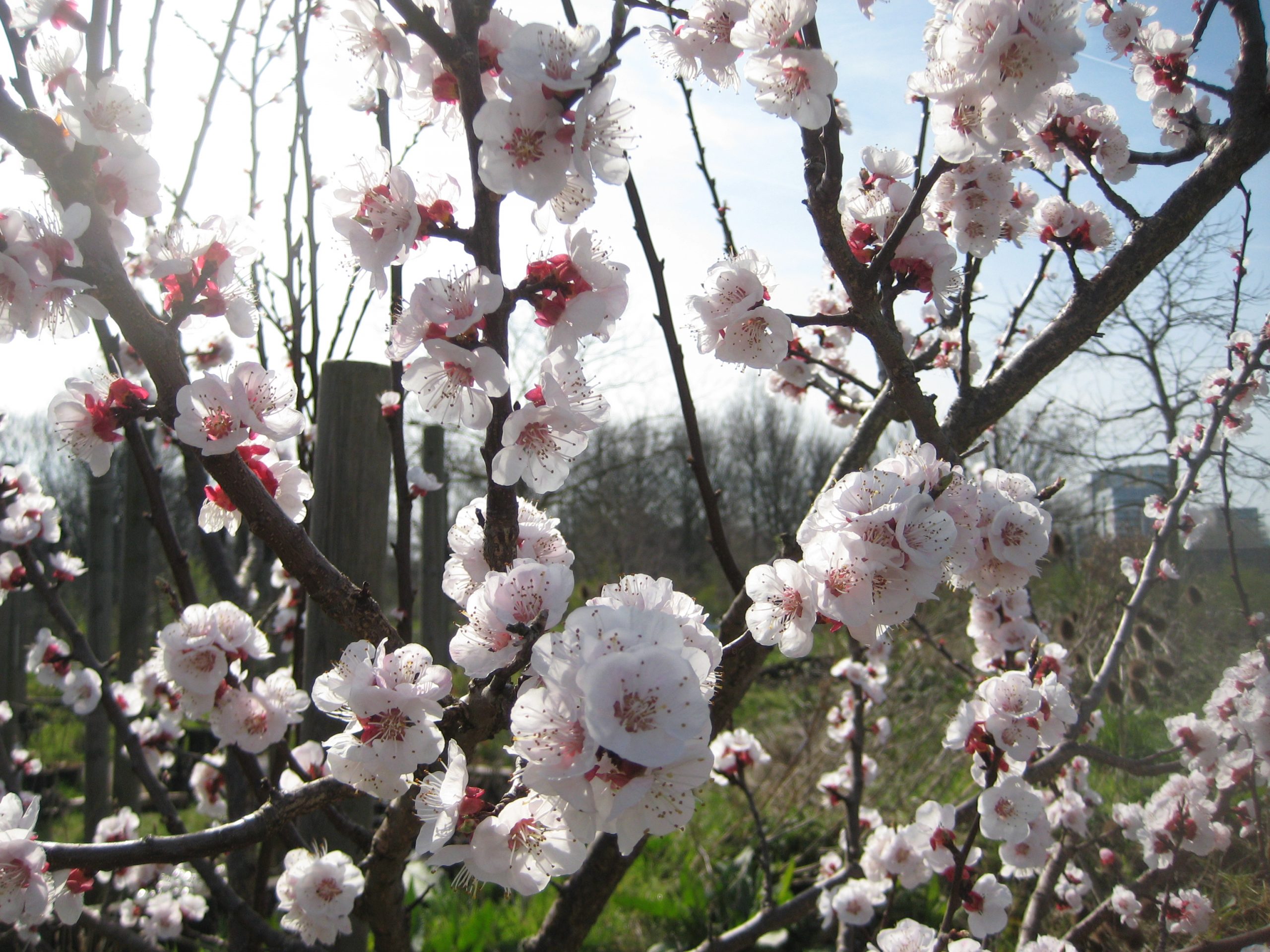 Of the 135 billion yuan (20 billion U.S. dollars) of direct economic losses reported by China’s Ministry of Civil Affairs and the National Commission for Disaster Reduction, a relatively minimal amount is expected to be picked up by insurance and reinsurance markets.
Despite the rapid pace of development and urbanisation witnessed in China over the last decade and the rapid growth of its own insurance industry, property insurance penetration remains relatively low and so natural disasters can create enormous economic impacts, but little in the way of hit to the global re/insurance markets.
July’s disasters killed at least 230 people, with 44 still reported as missing and an estimated 2.8 million people displaced by extreme weather, flooding, typhoons and drought.
Approximately 73,000 houses were destroyed and an incredible 600,000 houses damaged, reflecting the massive population in China that are exposed to natural disasters. Around 8.84 million hectares of agricultural crops were damaged by July’s weather events, with 920,000 hectares reported totally destroyed.
Interestingly and perhaps reflecting both the locations of July disaster events in China as well as the continued rapid development, while the expanse of damage seen in July was lower than equivalent periods in recent years, the toll to agriculture and the direct economic loss was higher, the Ministry of Civil Affairs reported.
Flooding was the major cause of economic loss during the month, with 112.39 billion yuan reported. High temperatures and drought is reported to have caused direct economic losses of 16.16 billion yuan, while hail resulted in 5.88 billion yuan.
To be clear, enormous economic losses from severe weather and natural catastrophe events in China is not unusual and it only serves to underscore why the country is an attractive target for global reinsurance players, as well as for the insurance-linked securties (ILS) market.
But with the Chinese government remaining on the hook for the vast majority of the country’s natural disaster losses still, there is a lot of work to do in order to get more of that catastrophe and weather risk transferred into global risk transfer markets.
China’s government and insurance regulators are well aware, working closely with global reinsurance firms on pilot projects while also helping their own growing insurance market players get up to speed.
Interestingly, even the highest echelons of Chinese government are aware of the opportunity to disintermediate the traditional reinsurance market, as the capital markets and catastrophe bonds have been recognised at State Council level as tools with which Chinese disaster risk could be efficiently transferred to diversified sources of risk capital.
We’re told that the willingness to keep bearing these disaster costs is wearing thin in Chinese government circles, as investigations into risk transfer options continue and the country looks to the best way to foster a healthy local insurance market, while making best use of efficient reinsurance capital support.
Catastrophe bonds and their ilk are specific opportunities for the Chinese government and its insurance industry as it develops. But so too are ILS fund operations, as there is significant capital within China that could also be put to work in bearing local and international catastrophe risks as well.
With economic losses of this scale, the appetite to support and take on this risk will be abundant, in both traditional and alternative reinsurance markets. It’s down to China to work out the best way to tap into that appetite, while ensuring its local economy benefits and can foster healthy domestic markets as well.
Source - http://www.artemis.bm
Of the 135 billion yuan (20 billion U.S. dollars) of direct economic losses reported by China’s Ministry of Civil Affairs and the National Commission for Disaster Reduction, a relatively minimal amount is expected to be picked up by insurance and reinsurance markets.
Despite the rapid pace of development and urbanisation witnessed in China over the last decade and the rapid growth of its own insurance industry, property insurance penetration remains relatively low and so natural disasters can create enormous economic impacts, but little in the way of hit to the global re/insurance markets.
July’s disasters killed at least 230 people, with 44 still reported as missing and an estimated 2.8 million people displaced by extreme weather, flooding, typhoons and drought.
Approximately 73,000 houses were destroyed and an incredible 600,000 houses damaged, reflecting the massive population in China that are exposed to natural disasters. Around 8.84 million hectares of agricultural crops were damaged by July’s weather events, with 920,000 hectares reported totally destroyed.
Interestingly and perhaps reflecting both the locations of July disaster events in China as well as the continued rapid development, while the expanse of damage seen in July was lower than equivalent periods in recent years, the toll to agriculture and the direct economic loss was higher, the Ministry of Civil Affairs reported.
Flooding was the major cause of economic loss during the month, with 112.39 billion yuan reported. High temperatures and drought is reported to have caused direct economic losses of 16.16 billion yuan, while hail resulted in 5.88 billion yuan.
To be clear, enormous economic losses from severe weather and natural catastrophe events in China is not unusual and it only serves to underscore why the country is an attractive target for global reinsurance players, as well as for the insurance-linked securties (ILS) market.
But with the Chinese government remaining on the hook for the vast majority of the country’s natural disaster losses still, there is a lot of work to do in order to get more of that catastrophe and weather risk transferred into global risk transfer markets.
China’s government and insurance regulators are well aware, working closely with global reinsurance firms on pilot projects while also helping their own growing insurance market players get up to speed.
Interestingly, even the highest echelons of Chinese government are aware of the opportunity to disintermediate the traditional reinsurance market, as the capital markets and catastrophe bonds have been recognised at State Council level as tools with which Chinese disaster risk could be efficiently transferred to diversified sources of risk capital.
We’re told that the willingness to keep bearing these disaster costs is wearing thin in Chinese government circles, as investigations into risk transfer options continue and the country looks to the best way to foster a healthy local insurance market, while making best use of efficient reinsurance capital support.
Catastrophe bonds and their ilk are specific opportunities for the Chinese government and its insurance industry as it develops. But so too are ILS fund operations, as there is significant capital within China that could also be put to work in bearing local and international catastrophe risks as well.
With economic losses of this scale, the appetite to support and take on this risk will be abundant, in both traditional and alternative reinsurance markets. It’s down to China to work out the best way to tap into that appetite, while ensuring its local economy benefits and can foster healthy domestic markets as well.
Source - http://www.artemis.bm
China hit by $20bn economic loss from natural disasters in July
21.08.2017 65 views Of the 135 billion yuan (20 billion U.S. dollars) of direct economic losses reported by China’s Ministry of Civil Affairs and the National Commission for Disaster Reduction, a relatively minimal amount is expected to be picked up by insurance and reinsurance markets.
Despite the rapid pace of development and urbanisation witnessed in China over the last decade and the rapid growth of its own insurance industry, property insurance penetration remains relatively low and so natural disasters can create enormous economic impacts, but little in the way of hit to the global re/insurance markets.
July’s disasters killed at least 230 people, with 44 still reported as missing and an estimated 2.8 million people displaced by extreme weather, flooding, typhoons and drought.
Approximately 73,000 houses were destroyed and an incredible 600,000 houses damaged, reflecting the massive population in China that are exposed to natural disasters. Around 8.84 million hectares of agricultural crops were damaged by July’s weather events, with 920,000 hectares reported totally destroyed.
Interestingly and perhaps reflecting both the locations of July disaster events in China as well as the continued rapid development, while the expanse of damage seen in July was lower than equivalent periods in recent years, the toll to agriculture and the direct economic loss was higher, the Ministry of Civil Affairs reported.
Flooding was the major cause of economic loss during the month, with 112.39 billion yuan reported. High temperatures and drought is reported to have caused direct economic losses of 16.16 billion yuan, while hail resulted in 5.88 billion yuan.
To be clear, enormous economic losses from severe weather and natural catastrophe events in China is not unusual and it only serves to underscore why the country is an attractive target for global reinsurance players, as well as for the insurance-linked securties (ILS) market.
But with the Chinese government remaining on the hook for the vast majority of the country’s natural disaster losses still, there is a lot of work to do in order to get more of that catastrophe and weather risk transferred into global risk transfer markets.
China’s government and insurance regulators are well aware, working closely with global reinsurance firms on pilot projects while also helping their own growing insurance market players get up to speed.
Interestingly, even the highest echelons of Chinese government are aware of the opportunity to disintermediate the traditional reinsurance market, as the capital markets and catastrophe bonds have been recognised at State Council level as tools with which Chinese disaster risk could be efficiently transferred to diversified sources of risk capital.
We’re told that the willingness to keep bearing these disaster costs is wearing thin in Chinese government circles, as investigations into risk transfer options continue and the country looks to the best way to foster a healthy local insurance market, while making best use of efficient reinsurance capital support.
Catastrophe bonds and their ilk are specific opportunities for the Chinese government and its insurance industry as it develops. But so too are ILS fund operations, as there is significant capital within China that could also be put to work in bearing local and international catastrophe risks as well.
With economic losses of this scale, the appetite to support and take on this risk will be abundant, in both traditional and alternative reinsurance markets. It’s down to China to work out the best way to tap into that appetite, while ensuring its local economy benefits and can foster healthy domestic markets as well.
Source - http://www.artemis.bm
Of the 135 billion yuan (20 billion U.S. dollars) of direct economic losses reported by China’s Ministry of Civil Affairs and the National Commission for Disaster Reduction, a relatively minimal amount is expected to be picked up by insurance and reinsurance markets.
Despite the rapid pace of development and urbanisation witnessed in China over the last decade and the rapid growth of its own insurance industry, property insurance penetration remains relatively low and so natural disasters can create enormous economic impacts, but little in the way of hit to the global re/insurance markets.
July’s disasters killed at least 230 people, with 44 still reported as missing and an estimated 2.8 million people displaced by extreme weather, flooding, typhoons and drought.
Approximately 73,000 houses were destroyed and an incredible 600,000 houses damaged, reflecting the massive population in China that are exposed to natural disasters. Around 8.84 million hectares of agricultural crops were damaged by July’s weather events, with 920,000 hectares reported totally destroyed.
Interestingly and perhaps reflecting both the locations of July disaster events in China as well as the continued rapid development, while the expanse of damage seen in July was lower than equivalent periods in recent years, the toll to agriculture and the direct economic loss was higher, the Ministry of Civil Affairs reported.
Flooding was the major cause of economic loss during the month, with 112.39 billion yuan reported. High temperatures and drought is reported to have caused direct economic losses of 16.16 billion yuan, while hail resulted in 5.88 billion yuan.
To be clear, enormous economic losses from severe weather and natural catastrophe events in China is not unusual and it only serves to underscore why the country is an attractive target for global reinsurance players, as well as for the insurance-linked securties (ILS) market.
But with the Chinese government remaining on the hook for the vast majority of the country’s natural disaster losses still, there is a lot of work to do in order to get more of that catastrophe and weather risk transferred into global risk transfer markets.
China’s government and insurance regulators are well aware, working closely with global reinsurance firms on pilot projects while also helping their own growing insurance market players get up to speed.
Interestingly, even the highest echelons of Chinese government are aware of the opportunity to disintermediate the traditional reinsurance market, as the capital markets and catastrophe bonds have been recognised at State Council level as tools with which Chinese disaster risk could be efficiently transferred to diversified sources of risk capital.
We’re told that the willingness to keep bearing these disaster costs is wearing thin in Chinese government circles, as investigations into risk transfer options continue and the country looks to the best way to foster a healthy local insurance market, while making best use of efficient reinsurance capital support.
Catastrophe bonds and their ilk are specific opportunities for the Chinese government and its insurance industry as it develops. But so too are ILS fund operations, as there is significant capital within China that could also be put to work in bearing local and international catastrophe risks as well.
With economic losses of this scale, the appetite to support and take on this risk will be abundant, in both traditional and alternative reinsurance markets. It’s down to China to work out the best way to tap into that appetite, while ensuring its local economy benefits and can foster healthy domestic markets as well.
Source - http://www.artemis.bm

2024 AgroInsurance International Conference: New Partners and Agenda updates
26.02.20242024 AgroInsurance International Conference will take place on June 3-5, 2024 in Belgrade, Serbia, at the Hyatt Regency Hotel. Planet Labs (USA) and GAF AG (Germany) are sponsors of our conference. Agremo (Serbia) has been confirmed as the Organization Partner. More partners and sponsors to be announced in March 2024.

Spain - 30% of La Palma's banana production has already been lost due to the advance of the lava
14.10.2021More than three weeks after the Cumbre Vieja volcano erupted, the lava that continues to flow from its interior continues to devastate everything in its path, destroying houses, infrastructure, and banana plantations. The production of Platanos de Canarias is the economic engine of the island, accounting for 50% of its GDP and 30% of the jobs on the island.

USA - Widespread root rot crop loss in 2022-23
Root rot has been established in some pea and lentil fields across North Dakota and Montana, with widespread crop loss observed in 2022-23. To help, North Dakota State University (NDSU) research is focusing on what farmers can do to reduce their root rot risk as they begin seeding their pulse crops this spring.

UAE - Unprecedented floods destroy greenhouses
The United Arab Emirates experienced a "historic climatic event", according to the National Meteorological Center, which stated, "The UAE experienced the heaviest rainfall in 75 years, and the "Khatm Al-Shakla" area in Al Ain received 254.8 mm of rain in less than 24 hours." That's the equivalent of two years' rainfall by the country's standards.

Philippines - P184-million crop loss to El Niño reported
Agricultural crops worth approximately P184.63 million suffered damage, while 3,427 farmers grappled with the effects of the El Niño phenomenon. Sylvia Dela Cruz, the provincial agriculturist of Capiz, reported that data from 13 municipalities showed 3,115.11 hectares of rice land impacted, with 852.41 hectares totally damaged and 2,272.70 hectares partially damaged.

Canada - The B.C. agriculture sector continues to face relentless challenges, one after another
Facing increasing drought, alarming climate change, high levels of food insecurity and a myriad of distinct microclimates in all parts of the province, farmers are continually searching for ways to mitigate their obstacles.

Cocoa prices hit records as West African yields decline
Cocoa prices broke $10,000 per ton for the first time in March, amid disease outbreaks and destructive weather patterns in West Africa. Cocoa futures were as high as $10,080 in New York at the close of the first quarter, having more than doubled this year – due to expectations of a shortage of cocoa beans, the raw material used to make chocolate.

Bangladesh - Climate change in the north-west
The north-west — Rajshahi and Rangpur divisions — of Bangladesh produces more than one-third of the country’s staple food, especially boro rice. The region has 40 per cent of the country’s total irrigated area and 30 per cent of the net cultivable area, with the highest average rice yield.

Canada - Blossoms arrive early, farmers fearful of April frost
All eyes are on the short-term weather forecast for local stone fruit farmers thanks to Mother Nature’s unpredictable ways. In a strange twist that saw this year’s mild winter help create an early explosion of healthy blooms over the past week, forecasted low overnight temperatures over the next two weeks could create a disastrous situation.

USA - USDA reminds agricultural producers to report damage or losses following inclement weather
During the spring time of the year we do see inclement weather conditions, something that has occurred quite a bit over the past few weeks across the country. Due to this, the USDA Farm Service Agency (FSA) wants to remind agricultural producers to report damage or losses following inclement weather.



